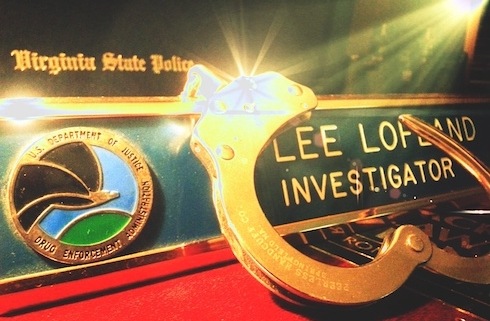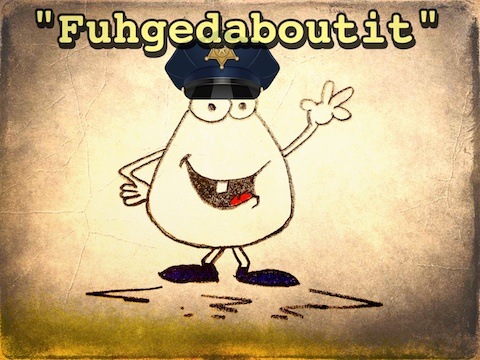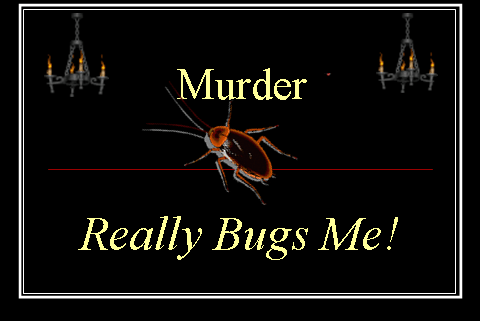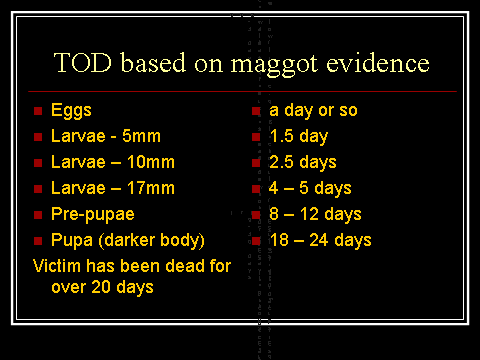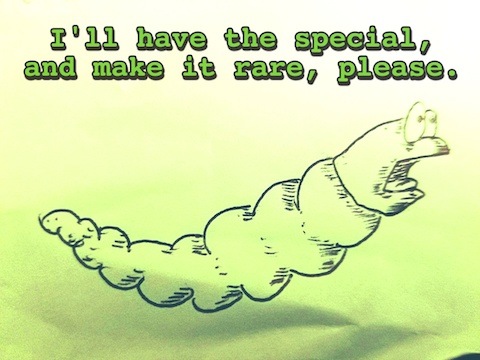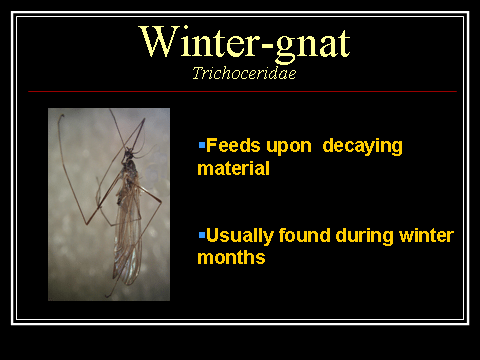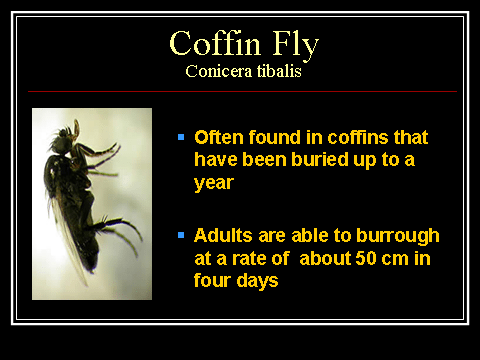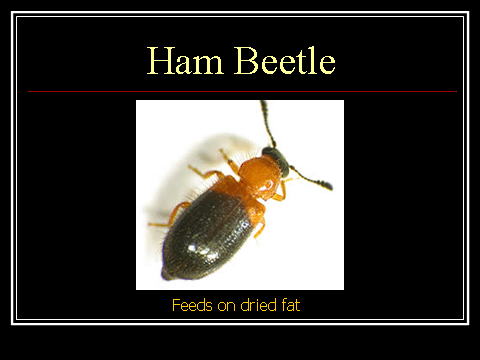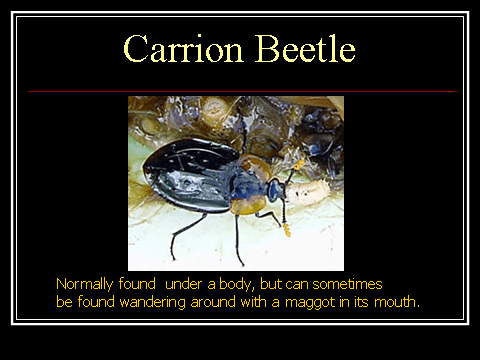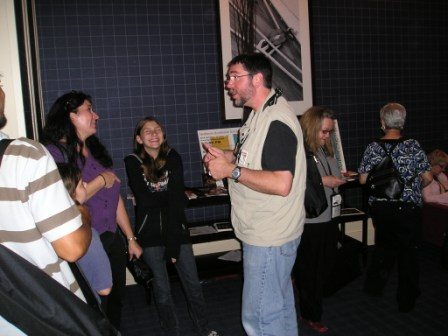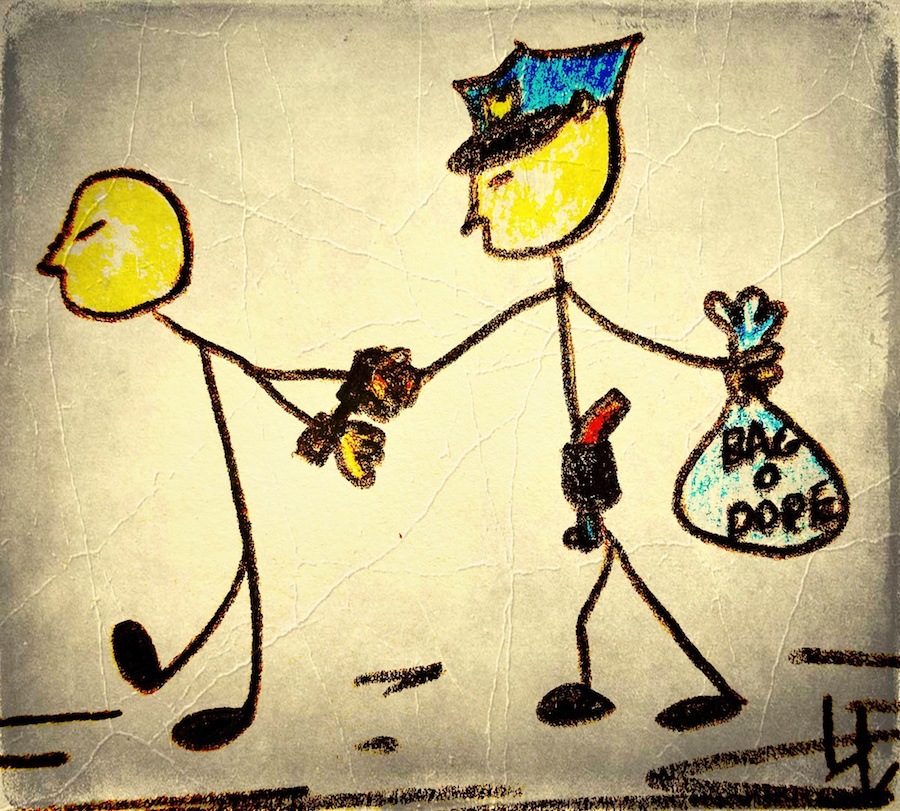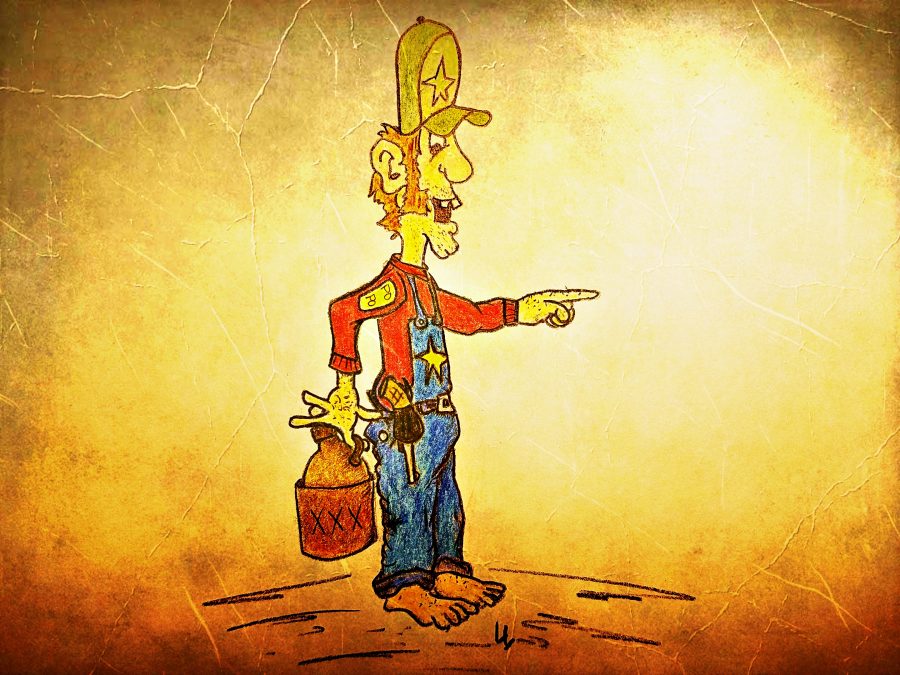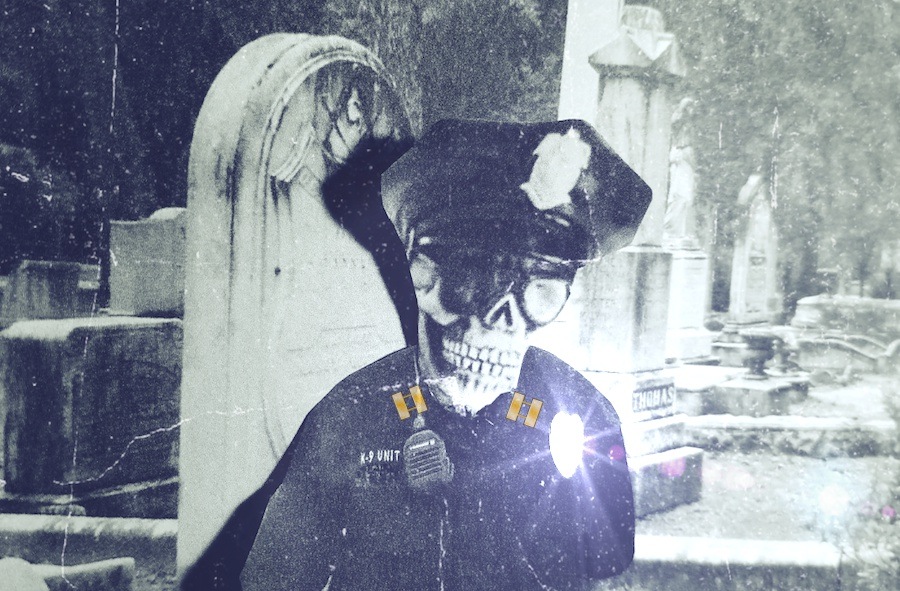I think it’s fairly safe to say that no one writer has enjoyed a good poison more than the “Queen of Crime,” Agatha Christie. In fact, Dame Agatha Mary Clarissa Christie knew so little about guns and ballistics that she maintained the use of toxins as a primary mode of murder throughout her career as an author.
Christie once worked as an apothecary’s assistant and, to continue in the role, she had to pass required examinations. To assist her, co-workers tutored her in chemistry and pharmacy. In addition, she received private tuition from a commercial pharmacist who later made an appearance as the pharmacist in her tale The Pale Horse.
Her knowledge of apothecary was so detailed that it once received a glowing review—“This novel has the rare merit of being correctly written”—in the Pharmaceutical Journal and Pharmacist.
Yes, she wrote what she knew, yet, if she came across a topic of which she was unsure she didn’t hesitate to seek help, such as the time she contacted a specialist to inquire about about putting thalidomide in birthday-cake icing (How much should the killer use? How long before the effects of the poison would begin to show?).
Christie was definitely good at what she did and she was a pro at weaving fact into fiction without making it seem like we were reading the factual stuff straight from a textbook like we often see today in some books.
I like to point to Jeffery Deaver as a modern day example of a true pro who knows his stuff and who knows how to cleverly interject very real facts into a tale.
 With each book, Deaver enters into a grueling research period, examining every minute detail, and he conducts this research sometimes for months on end before he sets the first word to paper. But when he does, the result is a true masterpiece of believable make-believe. In fact, something, a bit of factual information I found in his book Roadside Crosses was the starting point for a section in my book on police procedure.
With each book, Deaver enters into a grueling research period, examining every minute detail, and he conducts this research sometimes for months on end before he sets the first word to paper. But when he does, the result is a true masterpiece of believable make-believe. In fact, something, a bit of factual information I found in his book Roadside Crosses was the starting point for a section in my book on police procedure.
A character in Roadside Crosses mentioned using a write blocker when examining a computer hard drive, one that had been submerged in a body of water. Well, at the time I was planning the section on computer crimes and what I seen in Jeff’s book was the catalyst that prompted a portion of that particular section.

By the way, a write blocker is used by forensic investigators when they need to have a look inside a suspect’s computer. The device allows data to travel only from the suspect device to the computer copying the information, not the other way around. The analogy I used in my book was to equate the write blocker with a foot valve inside a well. The valve allows water to flow into a home but doesn’t permit it to run back into the well.
Back enough dilly-dallying, let’s return to Christie and her use of poisons, and she used several, such as strychnine (The Mysterious Affair at Styles), thallium (The Pale Horse), digitalis, cyanide (Sparkling Cyanide). She also used coniine (Five Little Pigs), which I find interesting because it’s an alkaloid extracted from hemlock. Spooky, huh?
However, today I’d like to delve a bit into Dame Christie’s use of arsenic since the toxin is one so many writers seem to gravitate toward. I know I see and hear and receive numerous written inquiries about it’s use. Sure, I know people often use me to get to Denene, my microbiologist/scientist wife who’s an expert on bioterrorism, but, as the Lynyrd Skynyrd song goes, “I Know a Little.”
“Say I know a little
I know a little about it
I know a little
I know a little about it
I know a little about love poison
And baby I you can guess the rest”
My knowledge of arsenic as it relates to the crime world is twofold—its use to kill, and the presumptive test to see if arsenic or other heavy metals are indeed present in someone’s system, the alert that further testing is required to determine the toxin that caused a victim’s demise. It’s the latter, the presumptive test that I’m sharing with you today, and here it is in a very brief and tiny and, hopefully, understandable nutshell.
The Reinsch Test
The Reinsch Test uses a strong acid, and copper, to identify the presence of arsenic, antimony, bismuth, and mercury. The metallic copper, when in the presence of concentrated hydrochloric acid, reduces arsenic (also antimony, bismuth and mercury) to its elemental form. If arsenic is present when the copper is introduced to the acid, it adheres to the copper as a visible but dull black film.
The Process
- First, obtain specimens for testing. Urine, gastric contents, or liver samples are the preferred specimens.
- Using a copper spiral of#20 gauge, or a foil copper strip, the technician/scientist, carefully winds the copper around a glass rod or a pencil. Next, the copper is cleaned by immersing it in concentrated nitric acid for a few seconds. The tech then immediately removes it and dunks the cleaned copper into a container of water. If the cleaning process was successful, and it should be, the copper will now appear as bright and shiny as a brand new penny.
- An arsenic reference solution must then be prepared by dissolving predetermined amounts of arsenic trioxide and sodium hydroxide. Then dH2O (distilled water) is added to the mix. The solution is neutralized with concentrated HCl (hydrochloric acid) and more dH2O.
- Place clean copper spirals (the ones coiled by wrapping around the pencil) into separate beakers or flasks.
- Place 20 mL urine, approximately 10-15 g minced tissue in 20 mL dH2O, or a specific amount gastric contents dissolved in 20 mL dH2O into a labeled beaker. By specific, I mean a number that evenly divides another number. Precisely speaking, this number/amount is an “aliquot” of gastric contents. An aliquot is a number that evenly divides another number, such as the number 5 is to the number 20.
I first heard this term, aliquot, back during the time when I was in a breathalyzer certification course. It appeared again when I was observing an autopsy performed by Dr. Marcella Farinelli Fierro, Chief Medical Examiner of Virginia, who was the inspiration for Patricia Cornwell’s books and for her protagonist Dr. Kay Scarpetta. The term has been embedded in my mind for forty years, give or take.
Okay, I’m rambling again. Back to the procedure.
6. Place 20 mL negative control urine in two separate beakers. Add 40 μL of 1 mg/mL of the premixed arsenic reference solution (from step 3 above).
7. Slowly and gently add 4 mL concentrated HCl to each beaker.
8. To avoid breathing or contacting the vapors, under a hood, heat the solutions to a gentle boil for approximately one hour. Then add 10% HCl as necessary to maintain the original volume. Do not allow the solution to dip below the original level.
9. After one hour, remove the copper coils and rinse with distilled water. If the copper coils in the unknown samples become gray, black, or silvery, then the result is a presumptive positive for the presence of heavy metal.
10. BINGO! You’ve now confirmed your suspicions. The victim was indeed poisoned. However, you’re still not sure of which heavy metal is the culprit, unless, of course, you found the victim’s wife holding a half-empty box of rat poison while standing over her deceased husband.
The next step would be to send a sample to a qualified laboratory where it would then undergo further testing to determine which heavy metal was used to kill the victim du jour.
11. Tie up loose ends and then issue a warrant for the killer.
12. Arrest the suspect.
13. Go home, crank up the volume on track four of Skynard’s Street Survivor disc (I Know a Little), and settle in to read Roadside Crosses.
14. Take a break from reading to ponder the Georgians and Victorians who many believed were killed simply because they were particularly fond of the colors red and green—two colors whose components in those days were made of arsenic compounds. Therefore, many common items were thought to have become instruments of death, including clothing and kids toys.
For many years people believed a very real danger of arsenic poising was due to the common, ordinary wallpaper used in those days. Why? Again, due to the extreme popularity of red and green colorings. To stick the paper to walls and other surfaces, homebuilders back then used a paste of flour and water, and when the paste later became moist, such as in humid and/or damp climates, became an ideal breeding habitat for mold. And, in this macabre chain of perhaps fictional circumstances, some molds transformed the arsenic into a gas called trimethylarsine. This stuff then was released arsenic from the paper which was then inhaled by humans who occupied the space.
However, even though arsenic was used in the wallpaper colorings, some scientists today do not believe that arsenic was to blame for those untimely deaths. In fact, it’s been stated that the illnesses that caused many of those deaths were simply misunderstood and misdiagnosed illnesses—arsenophobia that ran wild in 19th century Europe—merely because something in the house smelled odd at the time someone died of unknown causes.


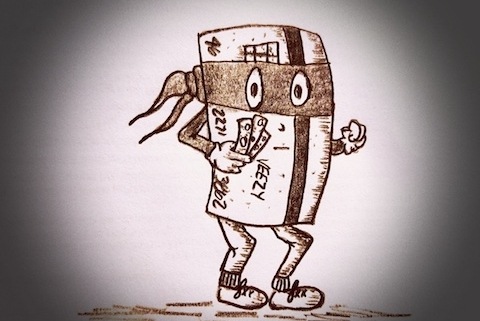

 Deputy Sheriff Ben Zirbel, 40
Deputy Sheriff Ben Zirbel, 40
